You are here
There exists no finer month than May to sample the floral glories on the various legs of the Dog Mountain. While it would take many pages to describe the more than 50 species of wildflowers present alongside these trails, perhaps you might be interested in brief descriptions of some of the more prominent species inhabiting these slopes. I will describe my favorite routes on Dog – up the steeper west-side trail, then down the gentler east-side loop.
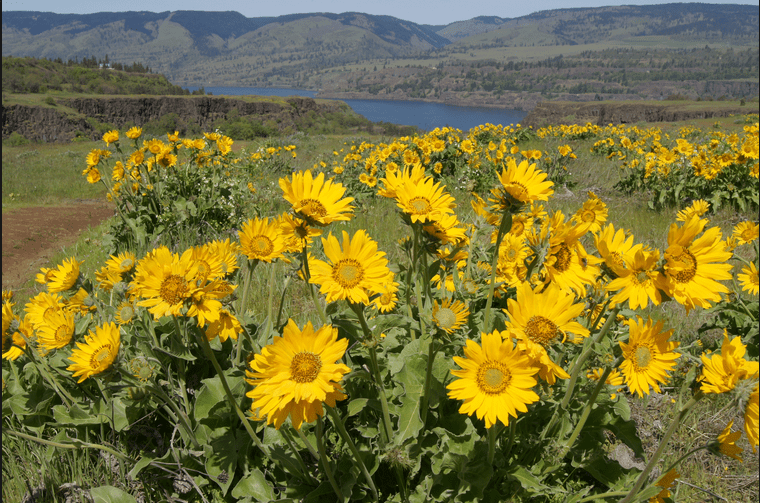
Surely every hiker and climber is aware of the overwhelming display of Puget balsamroot flowers in the meadows approaching the summit of Dog, reaching their peak during the second-to-third week of the month. However, some of the lesser-known flowers can be enjoyed throughout the month by those with a somewhat smaller eye and an appreciation for their delicate architecture and singular beauty, even though they are less abundantly-massed than the balsamroots mentioned above.
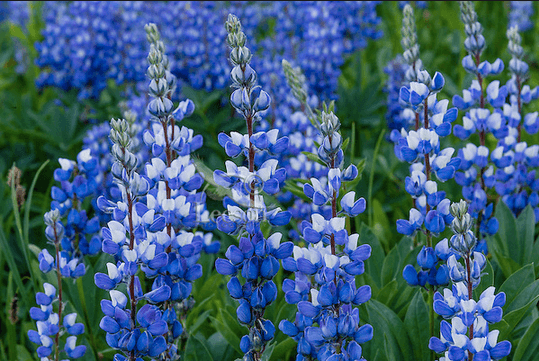
Even in the parking lot, one can enjoy the well-known broad-leaf lupines so common in so many locales in the Northwest. Note the palm-shaped arrangement of their leaves; often a spot of dew resides at their center, like a diamond jewel held in their leafy hands. As you trudge the road and begin the trial proper, that tall shrub with bluish flowers may masquerade as a lilac but is actually a ceanothus, this one commonly called deer brush, somewhat ignominiously growing quite close to the outhouse. In the woods as you begin the trail, note the many small, pinkish-to-white low-growing star flowers, well-named as they sparkle against the monotone of green underneath.
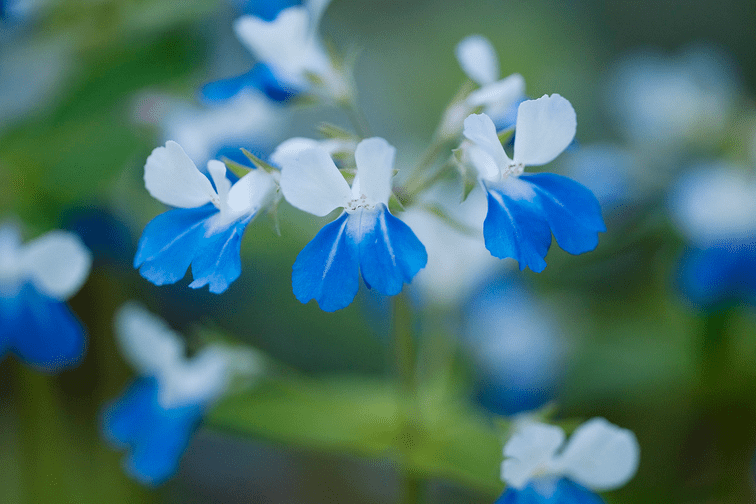
Further up these switchbacks, openings at about 650-750 feet of elevation display small blue-eyed Mary flowers, accompanied by small white flowers with golden central “eyes”. These, unfairly, lack a common name and are referred to by the Latin moniker of common cryptantha. That tall white daisy plant decorating both sides of the trail here is western white groundsel (or senecio) while much smaller, but of more colorful character, herald-of-summer (or more depressingly named farewell-to-spring) hews to the ground on your right. This last combines charming shades of pink on its petals but with bold red splotches toward the center of the flower.
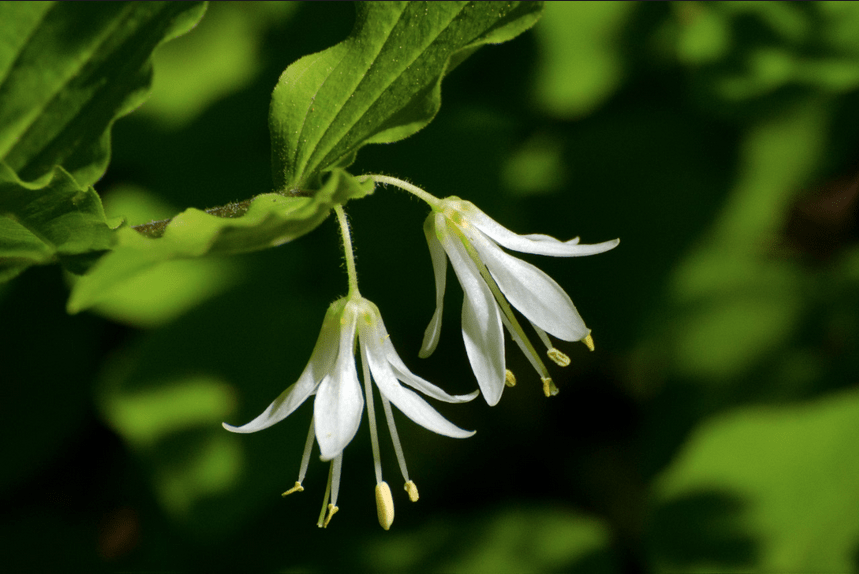
On the plateau at about 850 feet, the predominant flower is Hooker’s fairybells. You will need to peek underneath its drooping pointy leaves to discover the shy white bell-shaped flowers which lend their name to this brushy 3 foot tall plant. Also on this plateau, a most unusual saprophyte exists, ghostly white throughout. It is the phantom orchid, rarely seen except in a narrow longitudinal range along the eastern crest of the Cascades. Saprophytes such as the three coral roots (also in the orchid family) inhabiting out forests, lack chlorophyll and thus are not green in any of their parts; they have no need of sunlight as they are fully sustained by the fungi and bacteria in the soil which supply minerals and water to the pant in exchange for the carbohydrates the saprophyte supplies to them. We do have other orchids in our mountains, though they cannot rival in color or size those of tropical realms. One such may still be out in the forests of early May between 900 and 2,000 feet, the beloved Calypso orchid (or fairyslipper), with its diminutive pink tongue and red-spotted petals.

More switchbacks bring one to a second plateau at 1,400 feet. Here, the white multi-petaled flower is the Columbia Gorge windflower, actually an anemone closely related to the blue Oregon anemone so common high on Nick Eaton Ridge. All anemones are in the buttercup family, a reminder that floral and leaf appearance do not correlate well with family membership – not so different than in our human families as well.
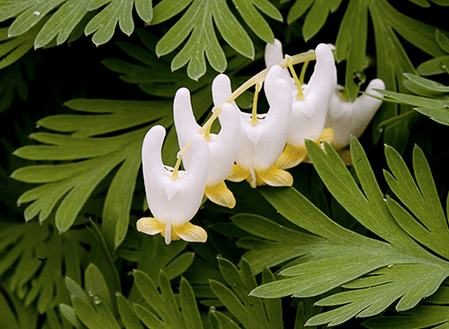
After the sign and convenient bench at 1,900 feet, early in May look for the fancifully-named Dutchman’s breeches, especially on the right as you steeply ascend the trail, then make a right-hand turn at 2,000 feet. With some imagination, these bleeding heart relatives do look amazingly like the upturned pantaloons commonly depicted in paintings of 17th century Holland. After this turn, and accompanying you through the steep uphill trail from 2,100 to 2,300 feet are yellow stream (or wood) violets (most of our violets, despite their name, are yellow) and its frequent companion, candy flower, with white petals softly engraved with peppermint-like pencil-thin pink stripes.
Beyond, after the right turn at 2,300 feet, lie the meadows so often decorating calendars and wildflower book covers. But look beyond the maze of balsamroots to find the fuzzy purple flowers of ball-head phacelia, especially early in the month. As you pass Windy Point (or The Puppy) at 2,500 feet, gaze up to your right at the towering fins of basalt at around 2,700 feet to spot the shocking pink of rock penstemon, a plant that adheres to rock outcroppings here and on Table Mountain. It should be awarded the honor of “most colorful” amongst the many blooms you will find along these Gorge trails (think Vera Wang and Versace, not Old Navy or REI). At top, the shiny yellow flowers decorating the well-trodden meadows are western buttercups.
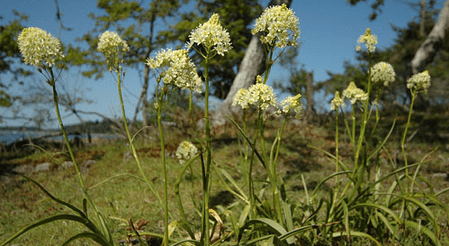
Down the east-side trail, beyond the sign and bench at 1,900 feet, a few calypso orchids may still be in bloom at 1,850 feet. Just before arriving at the glorious opening at 1,750 feet, look to your left for a mass of pink blooms called rosy plectritis populating a meadow, then immediately check the next meadow to your right for a view of death camas. Appearing as a miniature version of bear grass, to which it is distantly related, this lily family plant lives up to its name. Several folks have been known to have been done in by eating an excess of the bulbs of these plants, mistaking them for real camas before they bloomed and showed their true colors. Watch here too for the rare bicolored cluster lily, with faintly blue petals each streaked with a line of deeper blue down its middle.

Down in the forest, most flowers are absent, but openings at about 1,100 feet display blue-eyed Mary’s, white western groundsel (which strangely is yellow west of the crest), and the raggedy small flowers of prairie star, pink-to-white with tri-cleft petals. That white flower hugging the sandy soil is woods strawberry and its fruit, if available, should definitely be sampled. No poison here!
So many other flowers are to be found on Dog Mountain throughout the spring and summer than can be listed here. But even if you don’t know their names or the families and genera to which they belong, don’t fail to enjoy this trip. No able-bodied outdoorsperson should fail to sample these floral delights on the Dog in May.
This article by Barry Maletzky was published in collaboration with The Mazamas and was originally featured on their blog.


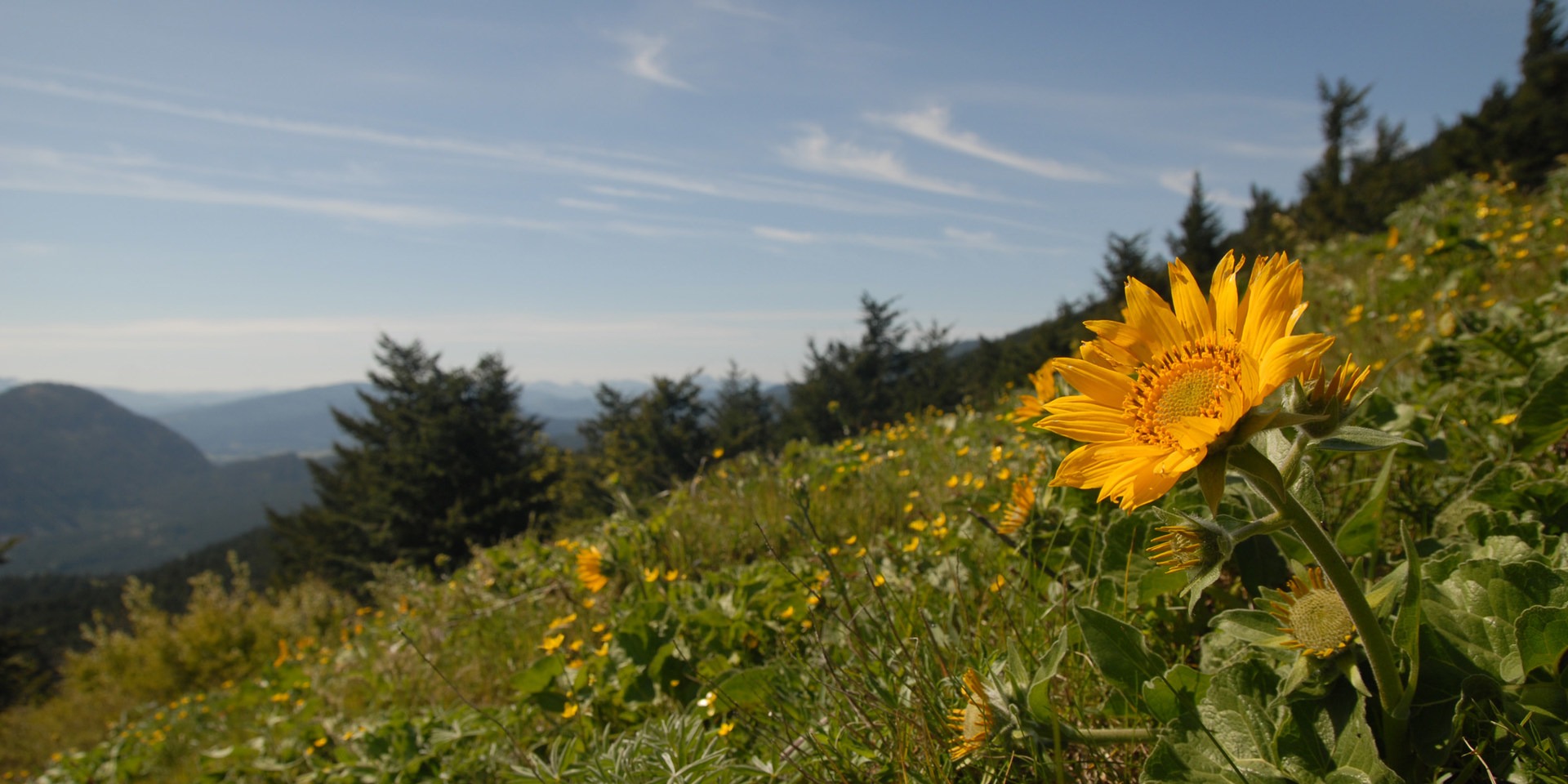
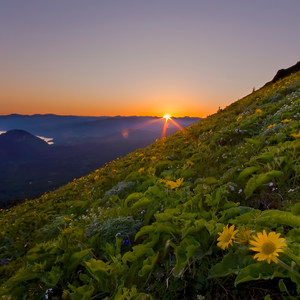



Comments
Sign In and share them.